In Italy many recipes have a “rosso” version (with tomatoes) and a “bianco” version (without tomatoes). For instance, a “pizza bianca” means a pizza without tomatoes. This also goes for pasta sauces, amatriciana is usually rossa, but amatriciana bianca also exists (which is also called alla gricia). A famous recipe from Tuscany and Umbria is papparadelle al ragù di cinghiale: fresh wide pasta ribbons with a wild boar and tomato sauce. There is also a version without tomatoes, and that is what this post is about. This white version tastes more meaty and more gamey than the red one. As a further twist, I’ve cooked the meat sous-vide, but I have included instructions how you could cook it traditionally on the stovetop if you prefer. The benefit of sous-vide is that the meat in the sauce is super tender and juicy rather than a bit dry, as it can be in a traditionally cooked sauce.
Ingredients
For 6 servings
700 grams (1.5 lbs) wild boar meat, I used cheeks as they are economical and have a lot of connective tissue (which means more flavor)
120 ml (1/2 cup) dry white wine
120 ml (1/2 cup) whole milk
4 Tbsp olive oil
salt and freshly ground black pepper
1 onion, 1 carrot, 1 stick celery
1 clove garlic
1 bay leaf, 4 juniper berries, 4 cloves, 1 sprig rosemary
To serve
fresh pappardelle, made with 450-600 grams (3-4 cups) flour and 5-6 eggs
freshly grated parmigiano reggiano, optional
Instructions
Browning the meat produces flavor, but grinding the meat first and then browning it will make it dry and can make it even have un unpleasant brittle texture in the sauce. So as a comprise, I browned the boar cheeks only on the outside before grinding it.
Season the boar meat on all sides with salt and freshly ground black pepper, and brown it on all sides in 4 tablespoons of olive oil over medium-high heat. Seasoning before browning will help to develop a more flavorful crust.
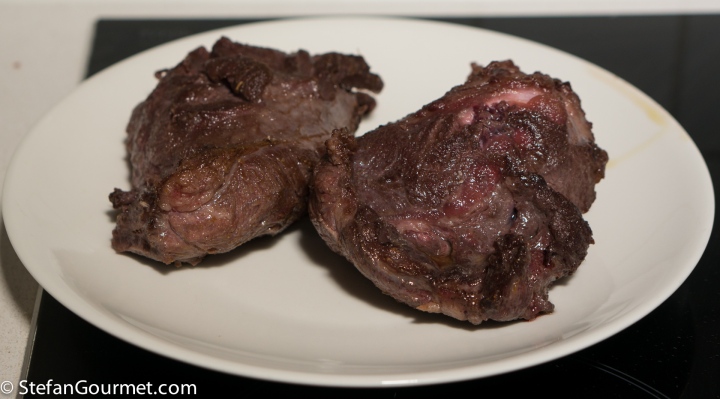
When the meat is nicely browned on all sides, take it out of the pan and set aside on a plate. Once the meat has cooled to room temperature, cover with plastic wrap and refrigerate.
There will be a lot of flavor left in the pan.
Add chopped onion, carrot, and celery to the pan, season with salt…
…and stir over medium heat until the vegetables start to soften. Make sure to scrape the bottom of the pan with a wooden spatula to get all the flavor in there.
Add rosemary, bay leaf, juniper berries, and cloves, and stir for a minute.
Add a minced clove of garlic and stir for another minute, making sure not to allow the garlic to brown as that would produce a bitter flavor.
Now deglaze with white wine.
Bring the wine to a boil and reduce by half.
Add the milk.
Bring to a boil and simmer over low heat until reduced by half.
Remove the bay leaf, juniper berries, and cloves (it helps to count them when you put them in).
Puree the sauce with an immersion blender or regular blender…
…until completely smooth.
If you are going to cook the sauce sous-vide and will be using a chamber vacuum sealer, allow the sauce to cool to room temperature.

Take the meat out of the refrigerator.
Cut it into suitable pieces for the meat grinder.
Grind the meat.
Add it to the sauce…
…and stir to mix. Now for a traditional stovetop preparation, cover and cook this mixture over very low heat until the meat is tender, adding water or stock as necessary if the sauce dries out too much, about 3 hours.
To cook the meat sous-vide, vacuum seal the meat and sauce mixture in a chamber vacuum sealer or by using ziploc bags and the water displacement method.
Cook sous-vide for 24 hours at 74C/165F.
Make pappardelle by making fresh pasta dough, rolling it out (not too thinly), and cutting ribbons of about 2 or 3 cm (1 inch) wide. Cook the pappardelle in salted boiling water until al dente, then drain.
If you cooked the sauce sous-vide, empty the bag into a frying pan. Bring to a boil, then immediately turn off the heat.
Add the drained pappardelle to the sauce…
…and toss to mix.
Serve the pappardelle al ragù bianco on preheated plates, and sprinkle with parmigiano if desired.
Wine pairing
This meaty sauce can handle a nice red wine from the region, like a Chianti Classico.
Flashback
This gratin is a wonderful Italian way to serve (white) fish. The fish is baked in the oven with a flavorful crunchy topping.

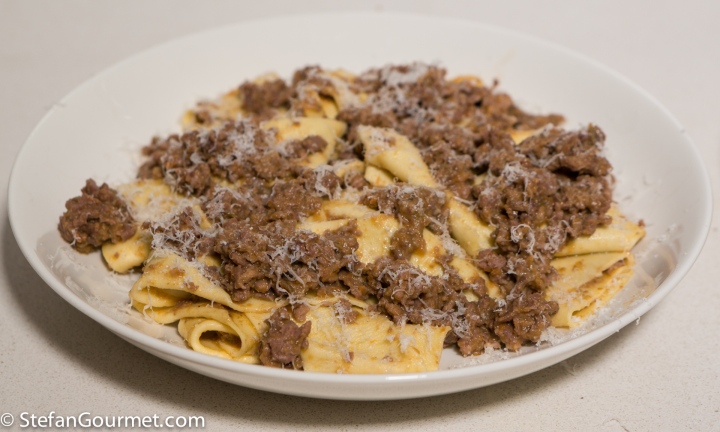

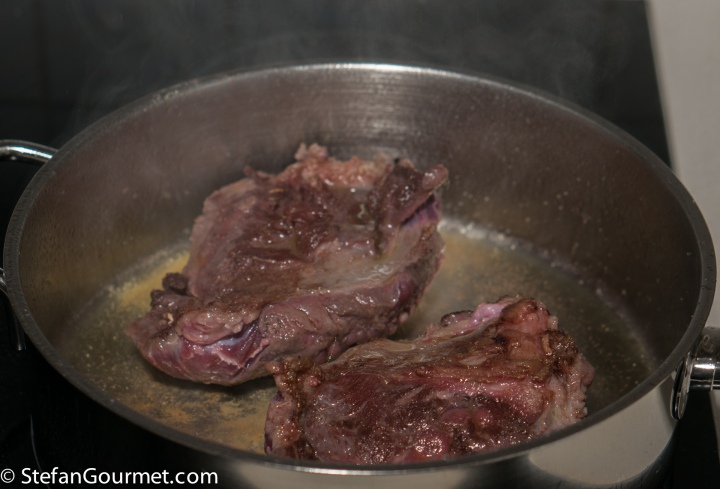
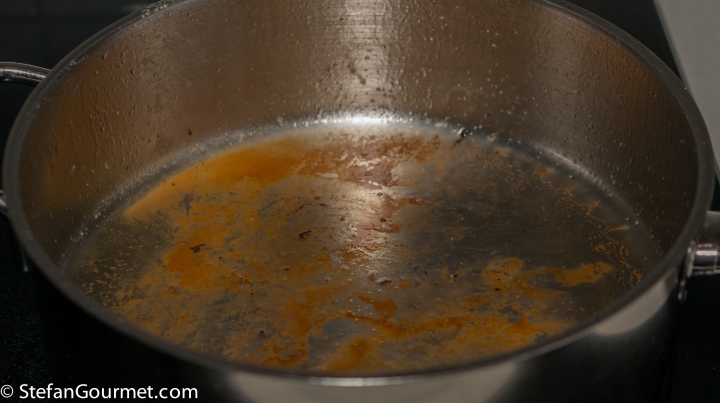
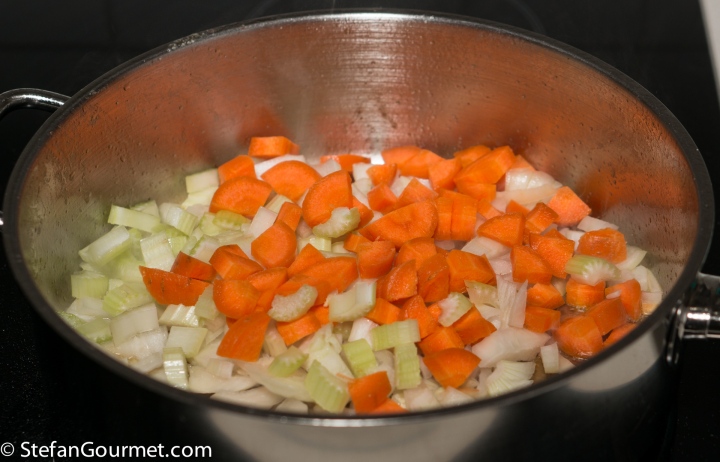

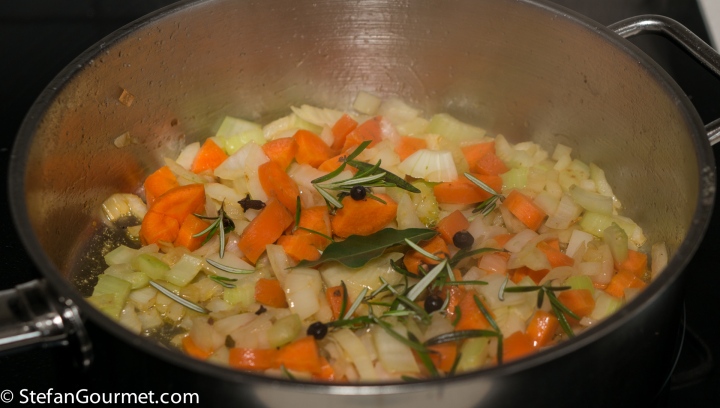


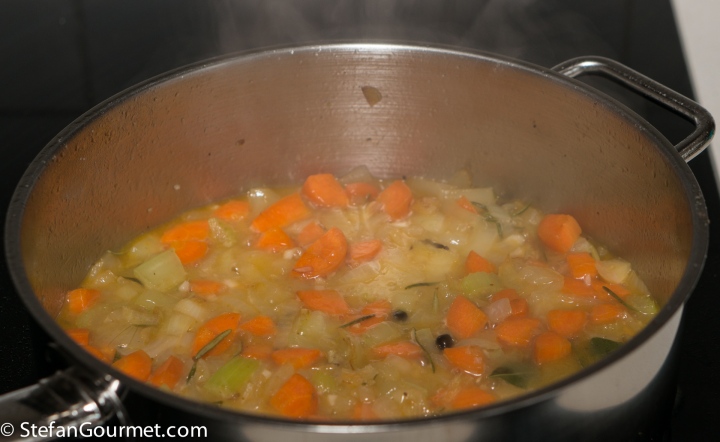
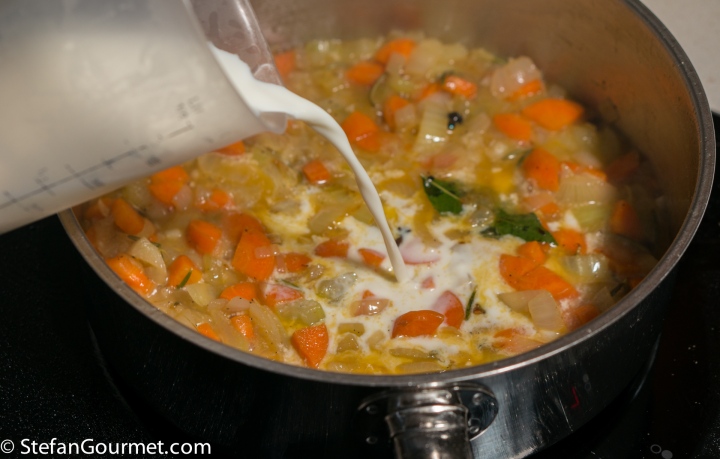

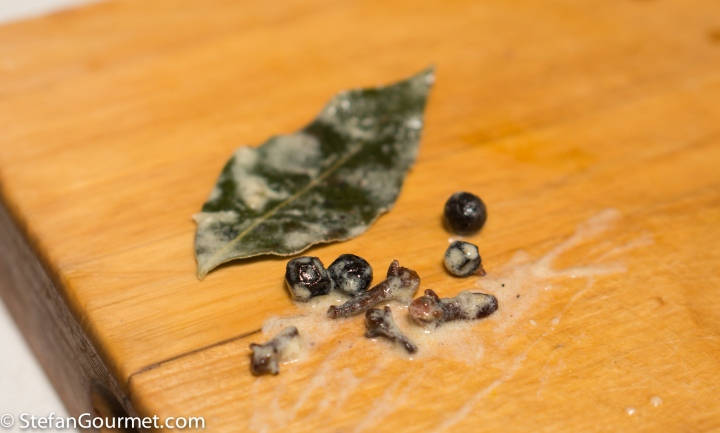

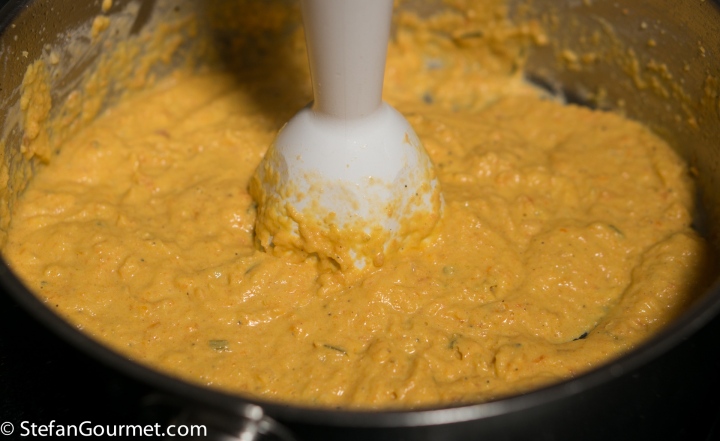
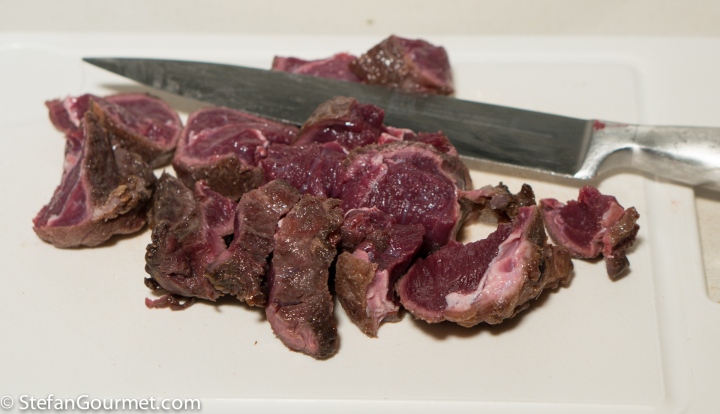

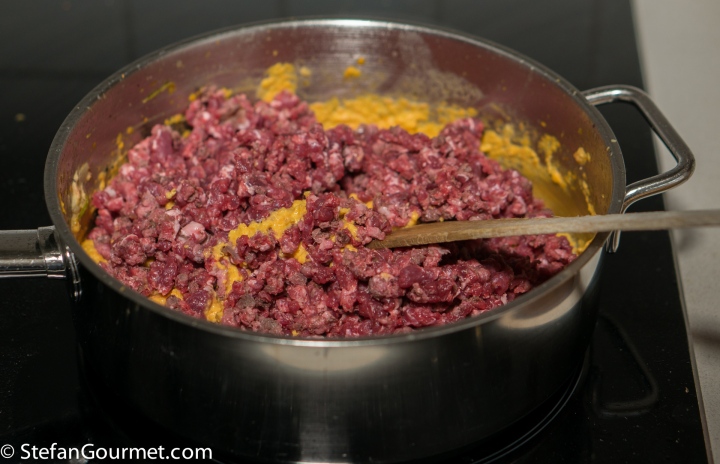




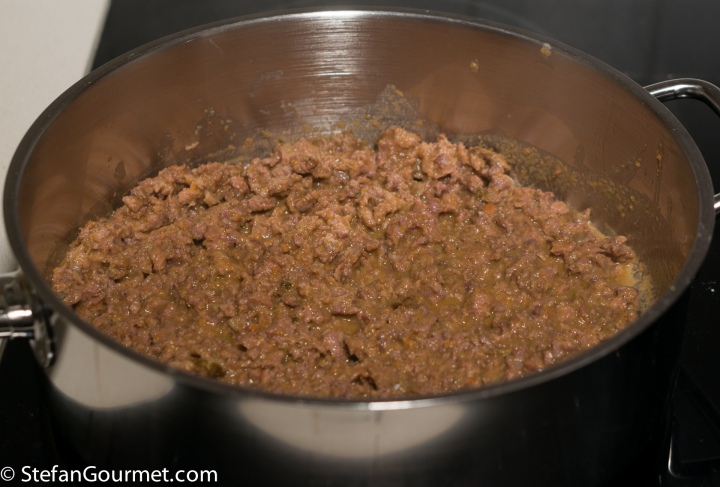
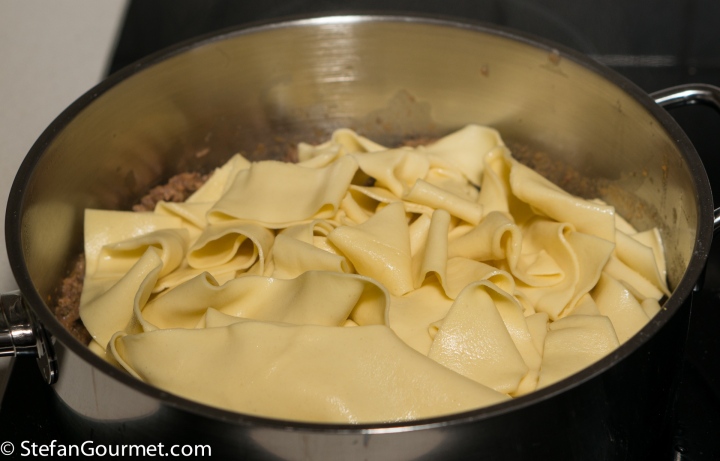

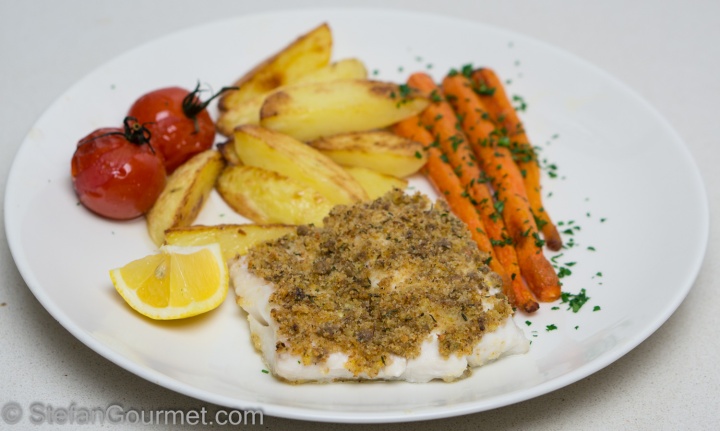

What a nice rustic meal. I can imagine hunters of yore eating this dish..
LikeLiked by 2 people
Nice image. A little harder to imagine them preparing this sous-vide 😉
LikeLiked by 3 people
Beautiful dish, and well done on the parpardelle!
You don’t singe the meat first?
LikeLiked by 1 person
Thank you. Searing the meat is shown as the first photo in the instructions, or did you mean something else?
LikeLike
Good Eat’n 🙂
You might enjoy this:
https://chefsopinion.org/2014/02/17/fussili-col-buco-with-venison-bolognese-vodka-and-gorgonzola/
LikeLiked by 1 person
Line 2. I think you mean “a pizza rosso is with tomatoes, not without”.
LikeLiked by 2 people
I had meant to write “pizza bianca”. It has now been fixed. Thanks for pointing this out, I appreciate it.
LikeLiked by 1 person
I didn’t know there is an Amatriciana Bianca. I have the red sauce version on my blog. I like the pappardella pasta.
Btw, I think there is a typo in your first paragraph “wild board” just in case you wanted to know. I appreciate corrections on my blog.
LikeLiked by 1 person
Thanks, I appreciate corrections, too. There are white versions of almost every Italian dish with tomatoes in it. Well, except for those that have pomodoro in the name 😉
LikeLiked by 1 person
*flavour
LikeLike
That is a matter of UK versus US English.
LikeLike
Another lesson learnt 🙂 ! Thought wild boar belonged to your hemisphere, talked to Mr Google and now know there are more wild boars than people in Australia! Now to find some to buy and try!!! Would love the somewhat gamey flavour methinks . . .
LikeLiked by 1 person
Look near the dog food section — that’s where I found kangaroo at Woolie’s!
LikeLiked by 1 person
Ci sono i cinghiali in Olanda?
LikeLiked by 1 person
Sì! Ma non sono così frequente sul menù come in Italia.
LikeLiked by 1 person
Non in tutta Italia, dipende dalla regione
LikeLiked by 1 person
Funnily enough, Stefan, it’s actually quite hard to buy cinghiale from butchers in the Rome area – go figure! Always easy to find on menus in Tuscany. I think that making any pasta sauce without tomatoes calls for more skills in the kitchen. Well done!
LikeLiked by 1 person
Thanks, Jo. Here regular butchers don’t have it, or only for Christmas.
LikeLike